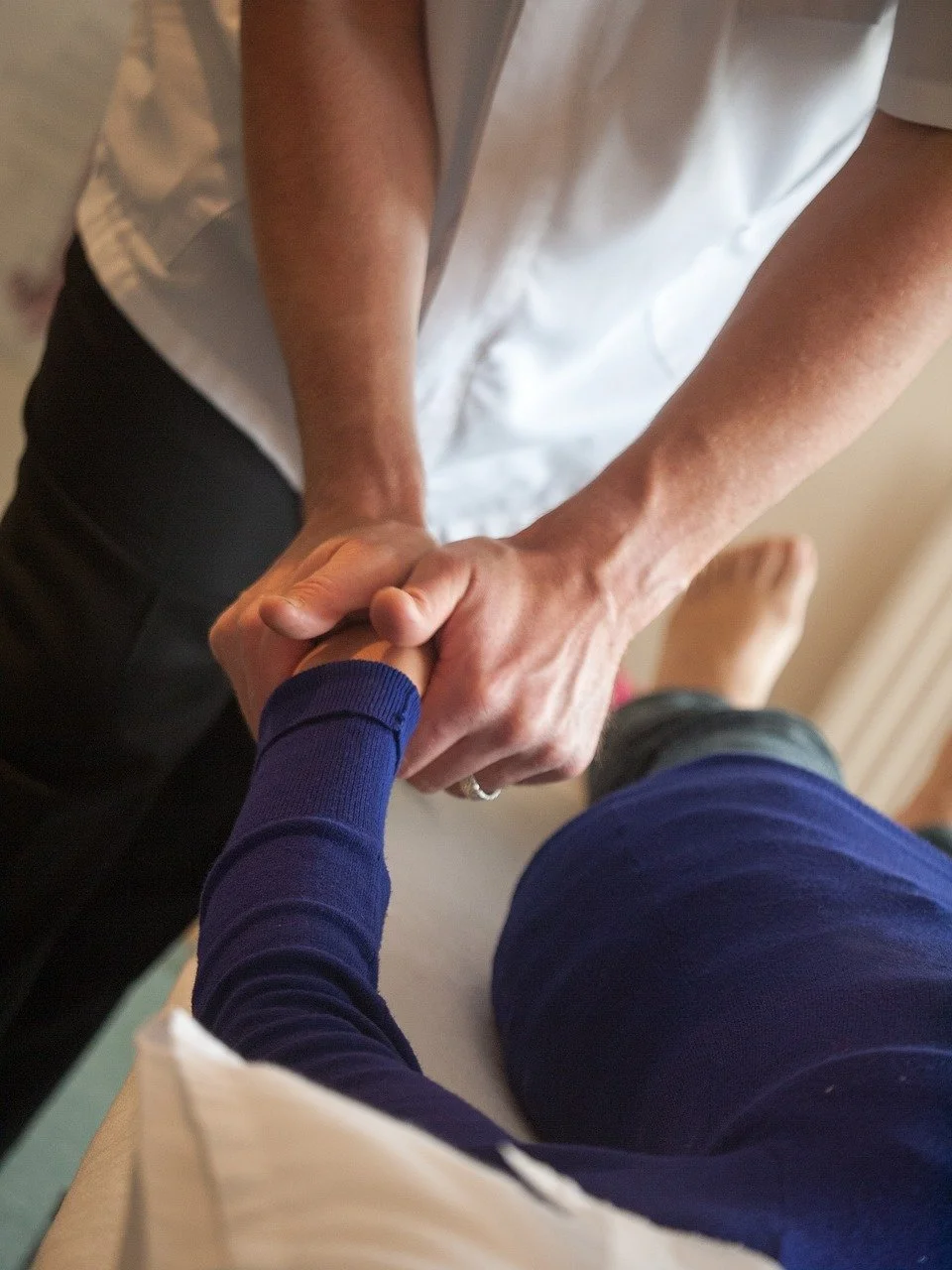What Is The Role Of Exercise In Rehabilitation?
After an illness, injury, or surgery, the road to recovery is a difficult one that requires perseverance, dedication, and a multimodal approach. Exercise is one essential component that serves as a pillar in the rehabilitation process. Beyond the conventional notion of physical activity for fitness, exercise in the realm of rehabilitation takes on a transformative role, aiding individuals in reclaiming their lives. In this blog post, we delve into the profound significance of exercise as a rehabilitative tool, exploring its impact on restoring movement, functionality, and overall well-being.
Exercise as a Catalyst for Recovery: A Holistic Approach
By adopting a holistic approach that takes into account both the physical and psychological aspects of healing, exercise acts as a potent catalyst for recovery in the field of rehabilitation. Exercise with a rehabilitation focus goes beyond the conventional idea of exercising only for fitness and becomes a vehicle for revolutionary change. It becomes a medium through which individuals not only rebuild their physical strength and endurance but also reconnect with their sense of self and regain control over their bodies. This holistic approach recognizes the intricate interplay between physical and mental well-being, fostering an environment where recovery is not just about the mending of the body but also the nurturing of the mind. Engaging in purposeful movements during rehabilitation becomes a journey of empowerment, promoting a profound connection between the body, mind, and spirit. This interconnectedness creates a robust foundation for a comprehensive recovery that goes beyond the surface, instilling resilience and a renewed sense of well-being.
Restoring Movement and Functionality: The Crux of Rehabilitation
At the core of rehabilitation lies the mission to restore movement and functionality, enabling individuals to regain independence in their daily lives. Exercise becomes the linchpin in achieving this objective, facilitating the gradual rebuilding of strength, flexibility, and coordination. From targeted resistance training to tailored stretching routines, each exercise prescribed by rehabilitation professionals plays a crucial role in the intricate process of functional restoration. Moreover, through guided and progressive exercises, individuals not only regain lost capabilities but also develop resilience against future setbacks. You can also learn more about physical therapy, a specialized field within rehabilitation that harnesses the power of exercise to address specific impairments and enhance overall mobility. Physical therapists, armed with expertise in movement science, create personalized exercise regimens that align with the unique needs and goals of each patient.
The Psychological Impact: Beyond the Physical Realm
The psychological impact of rehabilitation exercise extends well beyond the physical realm, wielding a profound influence on mental and emotional well-being. Engaging in purposeful physical activity becomes a therapeutic outlet, releasing endorphins that act as natural mood elevators. This emotional lift not only alleviates stress but also combats feelings of anxiety and depression that often accompany the challenges of rehabilitation. The sense of accomplishment derived from conquering physical milestones fosters a positive mindset, instilling newfound confidence crucial for navigating the emotional hurdles of the recovery journey. Beyond serving as a mere complement to physical rehabilitation, exercise becomes a holistic force, addressing the intricate interplay between mind and body, ultimately contributing to a more resilient and positive mental state for individuals on their path to recovery.
Customized Exercise Programs: Tailoring Rehabilitation to Individual Needs
Recognizing that no two rehabilitation journeys are alike, the development of customized exercise programs becomes paramount. Rehabilitation professionals, including physical therapists and rehabilitation specialists, assess individual strengths, weaknesses, and goals to curate personalized exercise plans. These plans not only consider the specific nature of the injury or condition but also account for the patient's lifestyle, preferences, and overall health status. The tailored approach ensures that exercise becomes a meaningful and sustainable component of the rehabilitation process.
Building Long-Term Habits: Sustaining Progress Beyond Rehabilitation
While the primary focus of rehabilitation exercise is to facilitate recovery, its impact extends far beyond the confines of the rehabilitation period. Cultivating a habit of regular physical activity during the rehabilitation journey lays the foundation for a healthier, more active lifestyle post-recovery. Establishing these habits not only safeguards against relapses but also enhances overall well-being, contributing to a sustained and fulfilling quality of life.
The role of rehabilitation exercise transcends the mere physical act of movement. It is a dynamic force that shapes the trajectory of recovery, promoting not just bodily restoration but also mental and emotional resilience. Whether it's restoring movement and functionality or fostering long-term habits, exercise stands as a linchpin in the rehabilitation journey, offering a path towards rebuilding lives. So, lace up those sneakers, embrace the transformative power of movement, and embark on a journey of recovery that extends far beyond the confines of rehabilitation.


